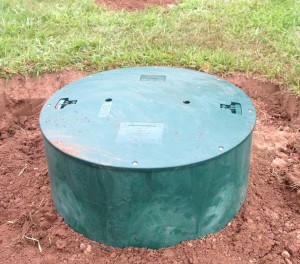These cold winter months in Wisconsin can present a unique set of challenges for your septic system! Here are some reminders and tips to help you avoid problems in our frigid weather:
- Going on vacation? Leaving for the winter to a warmer climate? If so, keep in mind that lines can freeze without regular plumbing usage in the building. Then when you get home, you may experience draining issues throughout the house. To avoid these problems, it can be helpful to have a house-sitter or a trusted neighbor stop in regularly to run some water down the sinks, drains, and flush the toilets. It would also be a smart idea to let them know where your septic system’s covers are located, in case urgent service would be needed while you are away.
- If you regularly use your system throughout the cold months, it will usually generate the needed warmth to avoid freezing. However, if we have a dry winter with no consistent snow-cover, there is no natural insulator for the ground and your septic system. If that’s the case, it can be helpful to lay some loose hay or straw on the manhole covers to act as insulation. This can also be done on your drainfield if those lines are prone to freezing, especially for a mound system.
- It is always wise to keep snowplows and other large vehicles or objects away from your tank and drainfield, thus reducing the risk of cracking your covers & risers or damaging any lines & components below ground.
We hope these tips help you get through the winter without any septic emergencies! And, as always, stay safe & warm!


